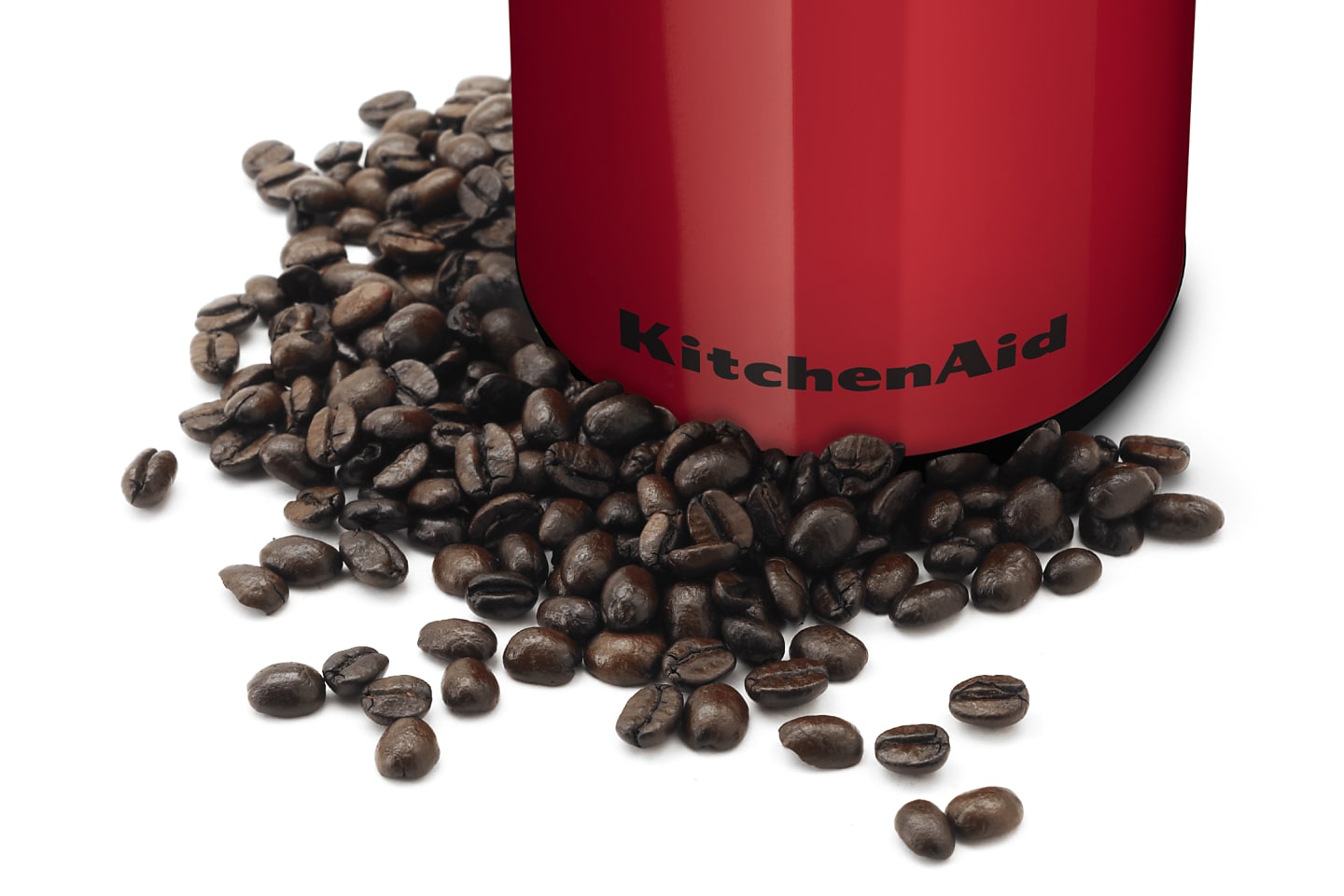What will happen if Americans lose their freedoms?
Interesting question...
What freedoms are you concerned about losing?
- Freedom of Speech
- Freedom of Religion
- Freedom of decision making
- Freedom to own a firearm
- Freedom to own property
- Freedom of mobility
Isn't it ODD...
When you were living under the roof of your parents, you had none of these freedoms and it was only after you entered high school that you began questioning your limitations.
If you agree with what the ruling party believes, then you will have most of your freedoms. It is only when you disagree with the ruling party that you lose your freedoms. The ruling party is therefore like your parents.
Are you willing to compromise your feelings, views, and beliefs in order to have your freedoms?
Are you willing to be told what to do, when to do it, and how to do it, in order to have your freedoms?
Why are freedoms so important to you?
- Your parents take away your freedoms...
- The government takes away your freedoms...
- Law enforcement takes away your freedoms...
- The military takes away your freedoms...
- Bosses & Supervisors take away your freedoms...
Death takes away your freedom of life... and yet, there is nothing you can do to stop yourself from dying...
If you accept that fate, why can't you accept these other fates?
HAVING FREEDOMS IS NOT A RIGHT
FREEDOMS ARE NOT ALWAYS EARNED
YOU MUST FIGHT FOR FREEDOMS
NO ONE WILL FIGHT FOR YOU
.jpg)



.jpg)




.jpg)
























